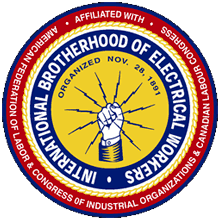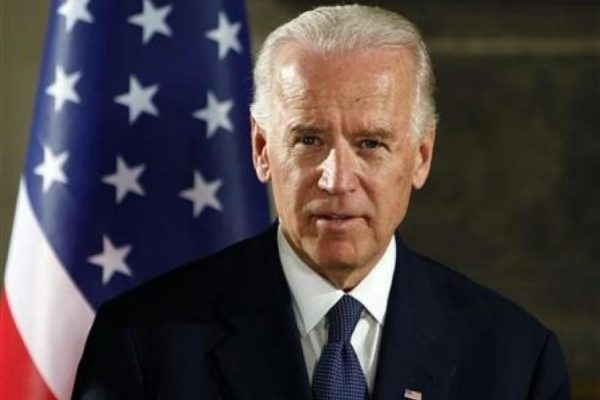
Publisher’s Note: Every December, LaborPress selects those in labor and business that have demonstrated outstanding leadership in their trade and profession. This years’ recipients of the prestigious LaborPress Leadership Award are as follows: Mark Cannizzaro, president, Council of School Supervisors and Administrators [CSA]; James Slevin, national president, Utility Workers Union of America [UWUA]; Nicholas LaMorte, president, Civil Service Employees Association, Long Island Region [CSEA]; Mark Gregorio, president, TEI Group; and Matthew Chartrand, business manager/financial secretary-treasurer, Ironworkers Local 361.
Mark Cannizzaro is president of the CSA, or Council of School Supervisors and Administrators. LaborPress sat down with him to learn more about his early beginnings, and where the union is now.
“In high school, I was influenced by a couple of teachers, but I wanted to be a firefighter,” he says. “I took the written test and got 100-percent, but the physical test was delayed for several years, as people were getting sick from it and attempts were being made to discover what was going on [in that regard]. After four years, I took the physical test and got 100-percent. But at that time, I was into teaching three to four years already; I decided to leave teaching to become a firefighter – but after a week or two, I realized I missed teaching and that I couldn’t go through with the change.”
In the teaching profession, which he rejoined, Cannizzaro rose through the ranks. He was a teacher until 1995, then became an assistant principal at Tottenham Intermediate School in Staten Island. “It was great because I was a student, teacher, then an assistant principal at the school. I enjoyed that aspect of going to school, teaching, then leading at my community,” he says.
After eight more years as an assistant principal, Cannizzaro became principal at the Paulo Intermediate School, where he remained through June 2012, when he was asked by CSA President Ernest Logan to join the CSA leadership as executive vice president, where he served for five years, until September 2017, when Logan retired and Cannizzaro was elected president. In 2018, he and his team – Executive Vice President Henry Rubio, and First Vice President Rosemary Sinclair – were elected to a three-year term.
In a positive spin on what others might see as a daunting event, Cannizzaro sees the union “continuing to build on the momentum we gained on Janus vs. the Supreme Court – where what resulted was that union member dues are no longer compulsory.
“[That] energized us and made us stronger,” he says. “We are hearing members’ voices, [the call to] keep this job a career, living, and lifestyle, where we found and find, that this profession can lead to burnout. [We’re safeguarding] retirement, [guarding against] burnout, reaping rewards, preaching the great work we do all day – and ensuring that when the system gets better, it gets better for everyone.”
At the time of this interview, in late October, contract negotiations were still under way. Cannizzaro says “There is no reason for this other than the DOE and the City of New York not respecting the work we’ve been doing with the children of New York. [We’re] doing everything they’ve asked of us. They are throwing barrels in our way; we continue to get the job done. [For example] paid parental leave should be an easy x; they are trying to make money when people are trying to stay home with their children and bond with them.”
He also says, “The administrators and supervisors are critical to the functioning of this system. Our folks open doors at six a.m. while it’s still dark, and go home at six p.m. when it’s dark. They’re the unsung heroes of the organization. They are so many things and so much of what a school leader does on a daily basis – while dealing with duplicate paperwork. How many times and how many different ways can you measure performance?”
Technology, meanwhile, keeps evolving. “We will need technological resources to keep pace with the world as it changes so rapidly. Now, we’re dealing with antiquated systems,” Cannizzaro says.
As to the future, he says, with his same optimism: “I think it is bright because we’re bringing to light what gets in the way. We are bringing these things to the forefront. It will make people open their eyes. The most important thing is making sure kids get the best things in their environment.”



